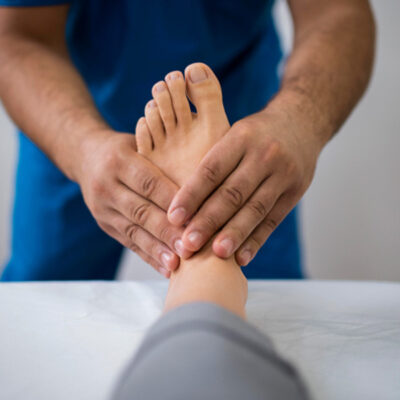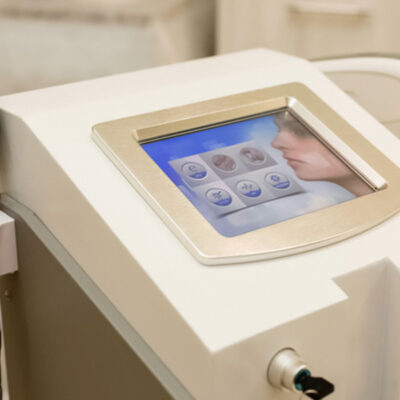When a diagnosis of end-stage renal disease is made, the conversation naturally turns to the best path forward for long-term health. For many patients, a kidney transplant represents the most effective treatment, offering a life of freedom and improved well-being compared to dialysis. However, embarking on this journey means facing a critical decision about the source of the new organ. Understanding your kidney transplant options is a crucial first step, empowering you and your family to have informed discussions with the medical team at the government hospitals in Singapore.
1. The Two Pathways to a New Kidney
In Singapore, like elsewhere in the world, there are two sources for a kidney from a donor. The first type is a kidney donated by a healthy living individual, referred to as a Living Donor Kidney Transplant (LDKT). The second type is a kidney from an individual who has died, referred to as a Deceased Donor Kidney Transplant (DDKT). Every pathway has its unique procedure, schedule, and factors to consider. The decision between them is highly individual and relies on numerous medical and non-medical considerations, all of which will be thoroughly examined by your transplant team.
2. The Living Donor Pathway
The living donor pathway is often the preferred route for a kidney transplant. It involves a healthy person, typically a family member or a close, emotionally related friend, voluntarily donating one of their two healthy kidneys. A potential donor undergoes a comprehensive medical and psychological evaluation to ensure they are fit for surgery and fully understand the process. The key advantage of this pathway is the significantly shorter waiting time. The surgery can be scheduled electively, allowing both the patient and the donor to prepare mentally and physically. Furthermore, kidneys from living donors generally have better long-term function and survival rates.
3. The Deceased Donor Pathway: The National List
For patients who do not have a suitable living donor, the deceased donor pathway is the alternative. This involves being placed on a national waiting list to receive a kidney from a donor who has passed away. The system is managed under Singapore’s Human Organ Transplant Act (HOTA), which ensures a fair and ethical allocation of organs based on medical criteria like blood and tissue compatibility. The primary challenge of this pathway is the long and unpredictable waiting period, which can last for several years due to the scarcity of donor organs. When a compatible kidney becomes available, the transplant operation is performed as an emergency procedure.
4. Key Differences to Consider
When evaluating your options, it is helpful to directly compare the two pathways. A living donor kidney transplant offers a planned surgery and a potentially healthier organ, which contributes to better outcomes. The entire process is more controlled. In contrast, the deceased donor transplant relies on a system of allocation and requires patients to be ready for surgery at a moment’s notice. The care and expertise within the government hospitals in Singapore are satisfactory for both types of procedures, but the journey to the operating room is very different. Your medical team will help you weigh these factors in the context of your specific health situation.
Conclusion
The decision-making process for a kidney transplant is a significant part of the journey. In Singapore, patients have two clear options: receiving a kidney from a living donor or from the national deceased donor list. The living donor pathway offers the advantages of a shorter wait and a planned procedure, while the deceased donor pathway is a vital option for those without a living donor. Discussing these pathways openly and thoroughly with your family and the transplant team is essential for choosing the option that aligns best with your life and health.
Ready to explore your options with our transplant team? Contact the National University Hospital (NUH) today for a personalised assessment of your suitability for a kidney transplant.






